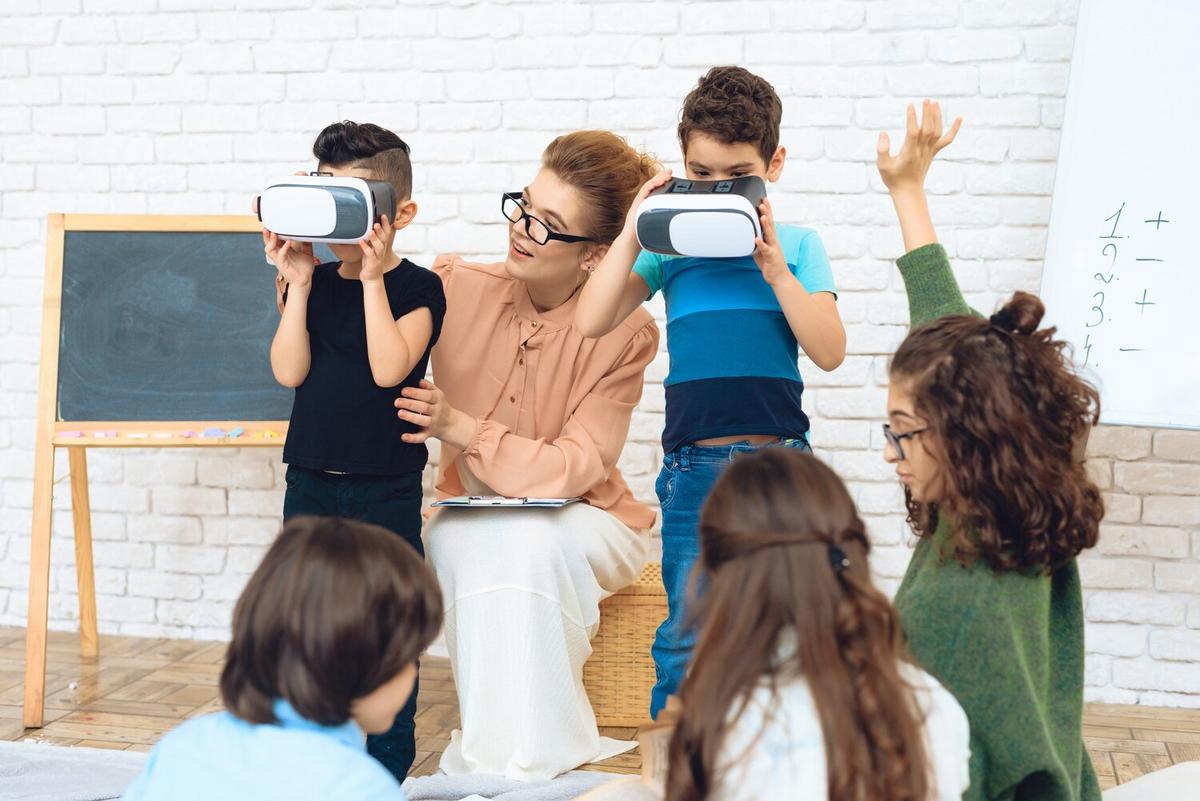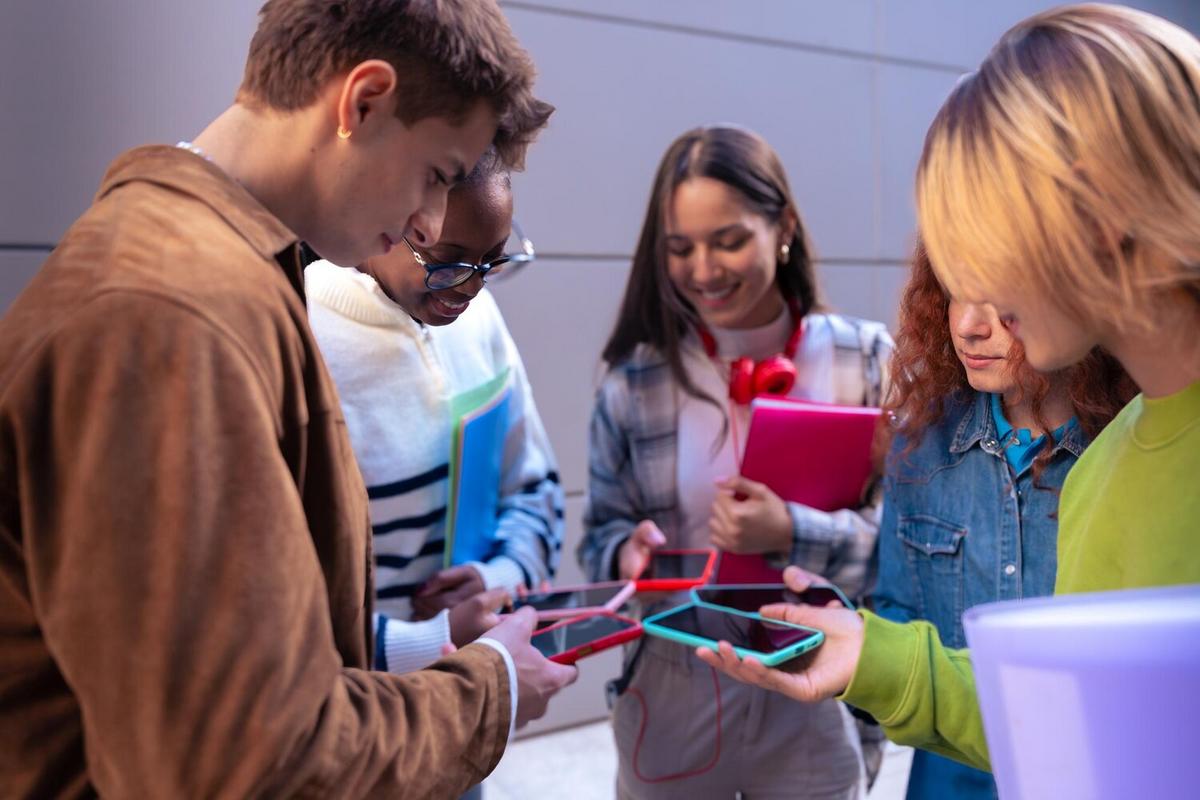
The Rise of Virtual Classrooms: How Technology is Revolutionizing Education
The landscape of education is undergoing a significant transformation, driven by the rapid advancement of technology. As virtual classrooms become more prevalent, they are reshaping how we approach learning and teaching, offering new opportunities and challenges alike.
The Digital Shift in Education
Virtual classrooms have become an integral part of modern education, allowing students and teachers to connect from anywhere in the world. According to a report by the World Economic Forum, the global e-learning market is projected to reach $375 billion by 2026. This growth highlights a shift towards more flexible and accessible learning environments.
Expert Insights on Virtual Learning
Dr. Emily Richards, an educational technology specialist, notes, “Virtual classrooms offer a unique blend of accessibility and interactivity, making education more inclusive.” This sentiment is echoed by many educators who see technology as a way to bridge gaps in traditional education.
Statistics and Findings
A study conducted by the International Society for Technology in Education found that students in virtual classrooms have increased engagement levels, with 82% of teachers reporting improved student participation. This underscores the potential of digital tools in enhancing the learning experience.
Personal Experiences
Consider the story of Alex, a high school student who struggled with traditional classroom settings due to travel constraints. Through virtual learning platforms, Alex was able to attend classes and participate in group projects, significantly improving his academic performance and engagement.
Actionable Tips for Embracing Virtual Classrooms
- Set up a dedicated learning space to minimize distractions.
- Use interactive tools like quizzes and polls to enhance engagement.
- Establish a routine to maintain consistency in learning.
Take advantage of free online resources and courses to supplement your learning experience and broaden your knowledge base.
Comparison of Traditional and Virtual Classrooms
| Aspect | Traditional Classroom | Virtual Classroom |
|---|---|---|
| Location | Physical setting | Anywhere with internet access |
| Flexibility | Fixed schedule | Flexible timing |
| Resources | Textbooks | Digital materials |
| Interaction | Face-to-face | Video calls and chat |
| Feedback | In-person | Instant via digital platforms |
| Accessibility | Limited by geography | Global |
| Cost | Variable | Often more affordable |
| Engagement | Variable | Enhanced through digital tools |
Frequently Asked Questions
How do virtual classrooms improve accessibility?
Virtual classrooms remove geographical barriers, allowing students from remote areas to access quality education.
Are virtual classrooms effective for all age groups?
While effective for many, younger children may benefit from a hybrid model that combines traditional and virtual learning.
Embracing the Future of Education
As technology continues to evolve, so too will the methods we use to educate. By embracing virtual classrooms, educators and students alike can benefit from a more flexible and personalized learning experience. This transition not only prepares learners for the digital age but also fosters a more inclusive and accessible educational landscape.
In conclusion, the rise of virtual classrooms represents a significant evolution in the field of education. By leveraging technology, we can create dynamic learning environments that cater to diverse needs and preferences, ultimately enriching the educational journey for all.


